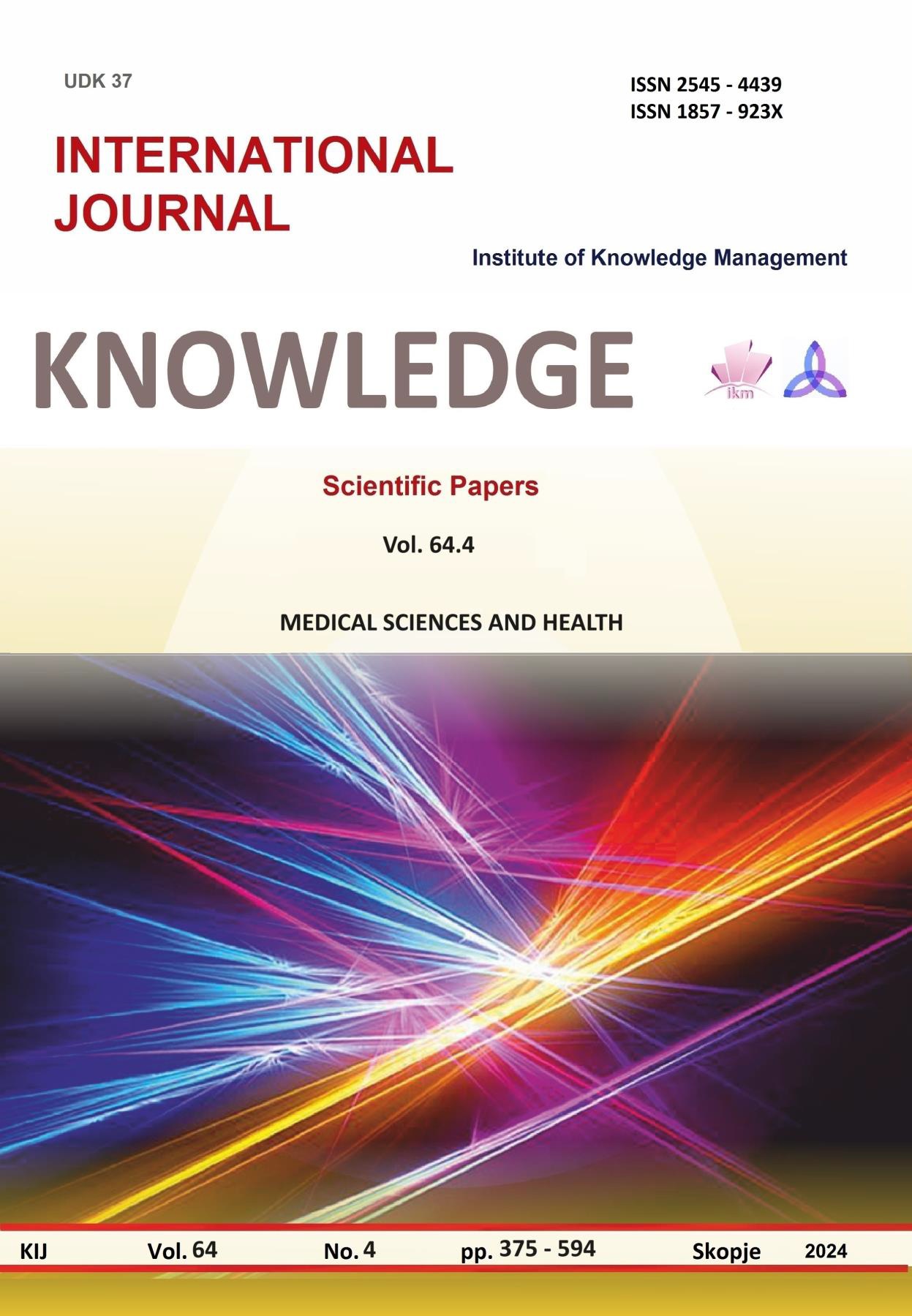ОЧЕН МОТИЛИТЕТ И СТРАБИЗАМ
EYE MOTILITY AND STRABISM
Author(s): Angela PetreskaSubject(s): Health and medicine and law
Published by: Scientific Institute of Management and Knowledge
Keywords: amblyopia;extraocular muscles;eyeball;orthophoria;heterophoria
Summary/Abstract: Detecting eye motility issues in early childhood is paramount, as they are the leading cause of lifelong amblyopia. Therefore, timely identification during preschool-age examinations at outpatient clinics is crucial. Equipped with clear information about their child’s vision, parents can then be referred to specialized ophthalmologists or strabismus experts, potentially averting the onset of amblyopia. Even if amblyopia has set in to some extent, intervention remains promising, as the distinction between preventive measures and early treatment is not rigid. Eye movements are estimated to be running and circulating around some imaginary axis, which has been intersecting at one spot: vertical, horizontal, sagittal. The eye movement around the vertical axis is running in the direction of right and left, hence if the eye movement is around the horizontal axis, its movement would be up and down and if the eye movement is around the sagittal axis the, its movement is rotational outward , known as extorsion and inward known as intorsion. The primary movers of eyeball motion are the extraocular muscles, comprised of four straight muscles enveloping the eyeball and two oblique muscles located behind its equator. With the exception of the inferior oblique muscle, which originates near the nasolacrimal duct, all these muscles originate from the tendon ring. When the medial muscle is contacted, the eye movement is inward, when the lateral muscle is contacted the movement is outward, thus this condition has been named abduction. The activity of the extraocular muscles has been determined to be in pairs and called to be synchronized. Muscles affecting the movement in one direction are called synergists (agonist), the muscles affecting the movement in opposite direction are called antagonists. It has been proved that extraocular muscles contain great strength and can function without being ever being exhausted. It has been estimated that the strength of the vision muscle is 200 times greater than the strength used under normal conditions. The binocular vision has a grand effect on the human kind, since it gives an ability to e person to create an image in the mind . However, oculomotor balance is needed for the proper functioning of the binocular vision, which can be achieved through regular functioning of the extraocular muscles, when performing movement or when resting, as well as integration of a sensory balance needs to be maintained, thus it is needed the optical medium to be transparent , normal refraction and regular perception provided by the outer part of the retina. Strabismus, a deviation of the eye’s visual axis from its norm, stands as the primary culprit behind childhood amblyopia. The eye detection and covering test serves as a cornerstone in diagnosing strabismus, distinguishing between orthophoria (corrected vision) and heterophoria (misalignment of one or both eyes).
Journal: Knowledge - International Journal
- Issue Year: 64/2024
- Issue No: 4
- Page Range: 471-474
- Page Count: 4
- Language: Macedonian

